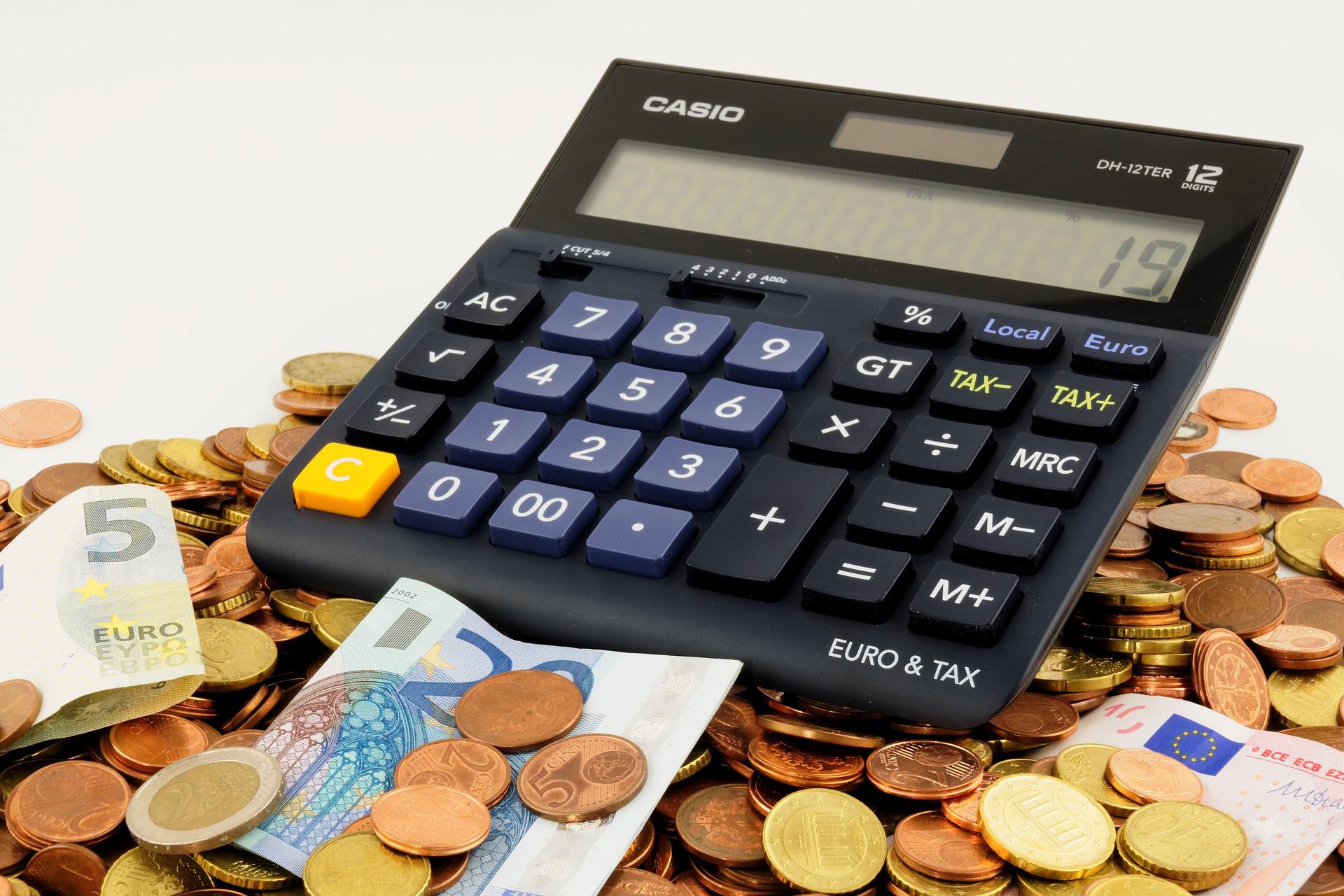- As of Thursday morning in Europe, the euro was hovering around $1.05, after falling steadily for nearly a year, from around $1.22 in June. Earlier this week, the common currency fell to just above $1.03.
- For the first time in 20 years, the euro is approaching parity with the US dollar, but currency strategists are divided on whether it will reach that level and what it will mean for investors and the economy.
- Concerns about Russia’s war in Ukraine, surging inflation, supply chain issues, slowing growth, and tightening monetary policy have pushed investors toward traditional “safe haven” assets, strengthening the dollar.
- Divergence in monetary policy among central banks has also contributed to the narrowing of the two currencies. The US Federal Reserve raised benchmark borrowing rates by half a percentage point earlier this month, its second hike of 2022, as it seeks to rein in the Fed and the ECB, which will affect the EURUSD pair. The currency is also being dragged down by the evolution of the EUR’s core balance of payments flows and the prospect of additional negative energy supply shocks. A move to parity between the euro and the dollar, according to Gallo, would necessitate ECB “policy inertia” over the summer, in the form of unchanged rates and a full German embargo on Russian fossil fuel imports, resulting in energy rationing.
- “”It would not be surprising to see the ECB maintain policy inertia if the central bank is confronted with the worst-case scenario of higher recession risk in Germany and additional sharp price rises (i.e. the dreaded stagnation),” Gallo said.
- “For the Fed’s part, I believe a move to the 0.98-1.02 range in EURUSD, and this extent of USD strength vs the EUR, would cause the Fed to pause or slow its tightening campaign, and I could see a move to this area in EURUSD causing the Fed to pause or slow its tightening campaign.”
- The dollar index is up around 8% since the beginning of the year, and Deutsche Bank said in a note Tuesday that the “safe haven” risk premium priced into the greenback is now at the “upper end of extremes,” even when interest rate differentials are taken into account.
- George Saravelos, Global Co-Head of FX Research at Deutsche Bank, believes a tipping point is near. He argued that further deterioration in financial conditions “undermines Fed tightening expectation,” while much more tightening remains to be priced in for the rest of the world, particularly Europe.
- According to Deutsche Bank’s valuation monitor, the US dollar is now the “world’s most expensive currency,” and dollar long positions against emerging market currencies are at their highest since the peak of the Covid-19 pandemic.
- Interest rate differentials between the US and the euro shifted following the Fed’s June 2021 meeting, at which policymakers signalled an increasingly aggressive pace of policy tightening.
- Jonas Goltermann, senior markets economist at Capital Economics, stated in a note last week that the ECB’s recent hawkish shift has still not caught up with the Fed or been sufficient to offset the rise in euro-zone inflation expectations since the turn of 2022.
#edgeforex #forex #forextrading #Forexsignals #euro #dollar #parity #inflation #ecb #economist #us #equity #idex #capital #risk

